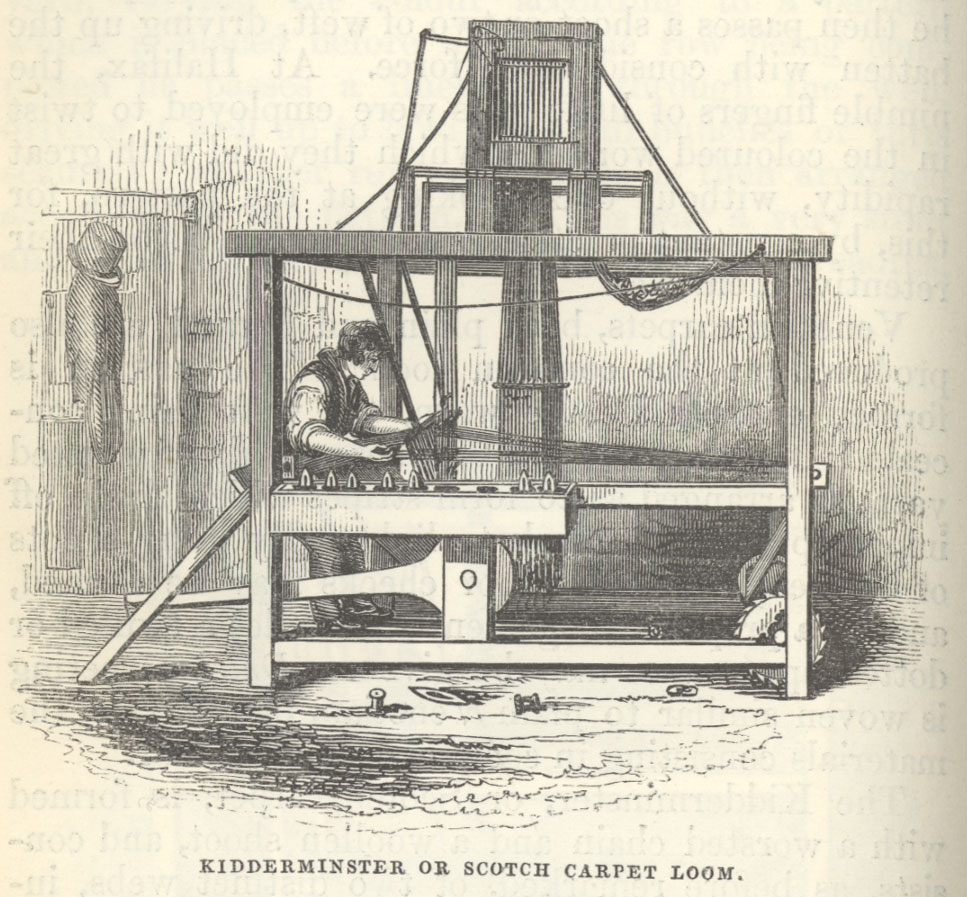Technological Changes: the Scotch Loom
Image: Kidderminster or Scotch Carpet Loom. The Useful Arts and Manufacturers of Great Britain of Great Britain Vol. 2 (London, SPCK, 1846?)
Image from: Science, Technology and Management, Birmingham Central Library
Improvements were constantly being made to the hand loom throughout the hundred years or so prior to the 1830s. The first loom to be introduced was known as the Scotch loom and was relatively simple in design compared to later developments. It consisted mainly of four pieces- two long planks of wood and two thick rollers or beams. The latter were suspended across upright planks, one at the top and one at the bottom. Grooves in the ends of the warp, which were divided into parcels of ten threads, were used to keep the threads perpendicular. The whole process was later simplified by a barrel attachment. Carpets woven on this type of loom were actually two-ply patterned cloths joined together in the weaving process. The pattern appeared on both sides and so the carpet was reversible.
« Previous in this sectionNext in this section »Continue browsing this section
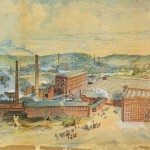 Made in Kidderminster: the History of the Carpet Industry
Made in Kidderminster: the History of the Carpet Industry
 The Origins of Carpet Making in Kidderminster
The Origins of Carpet Making in Kidderminster
 The Origins of Carpet Making in Kidderminster
The Origins of Carpet Making in Kidderminster
 The Origins of Carpet Making in Kidderminster
The Origins of Carpet Making in Kidderminster
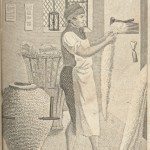 Handloom Weaving
Handloom Weaving
 The Factory System
The Factory System
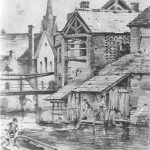 Washing and Winding
Washing and Winding
 Washing and Winding
Washing and Winding
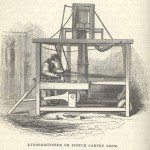 Technological Changes: the Scotch Loom
Technological Changes: the Scotch Loom
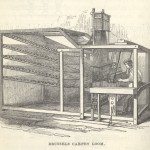 Technological Changes: the Brussels Loom
Technological Changes: the Brussels Loom
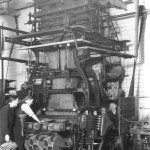 Technological Changes: the Jacquard Loom
Technological Changes: the Jacquard Loom
 The Kidderminster Carpet Industry and the Wider World
The Kidderminster Carpet Industry and the Wider World
 The Kidderminster Carpet Industry and the Wider World
The Kidderminster Carpet Industry and the Wider World
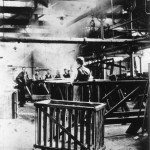 Working Conditions in Kidderminster Carpet Factories
Working Conditions in Kidderminster Carpet Factories
 The Great Strike of 1828
The Great Strike of 1828
 The Aftermath of the Great Strike of 1828
The Aftermath of the Great Strike of 1828
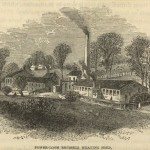 Kidderminster in the mid 19th Century
Kidderminster in the mid 19th Century
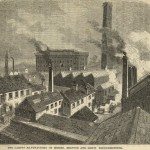 Kidderminster: the Factory Town
Kidderminster: the Factory Town



